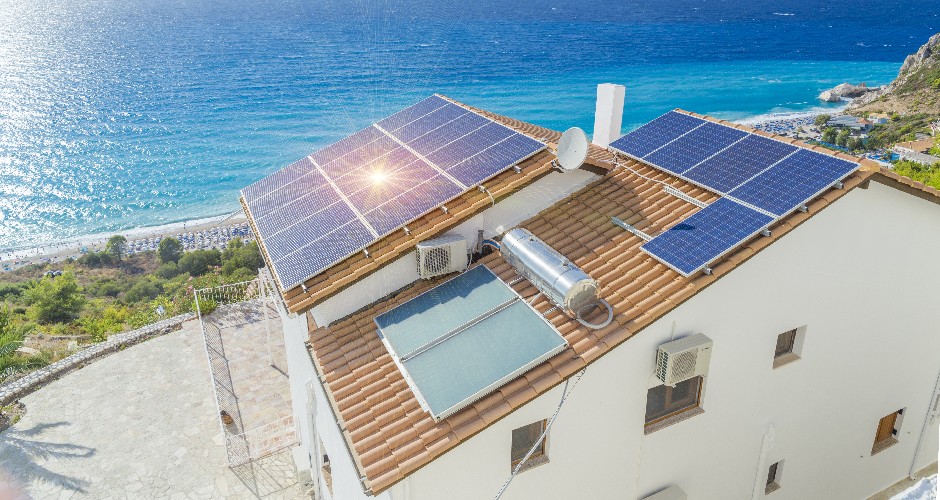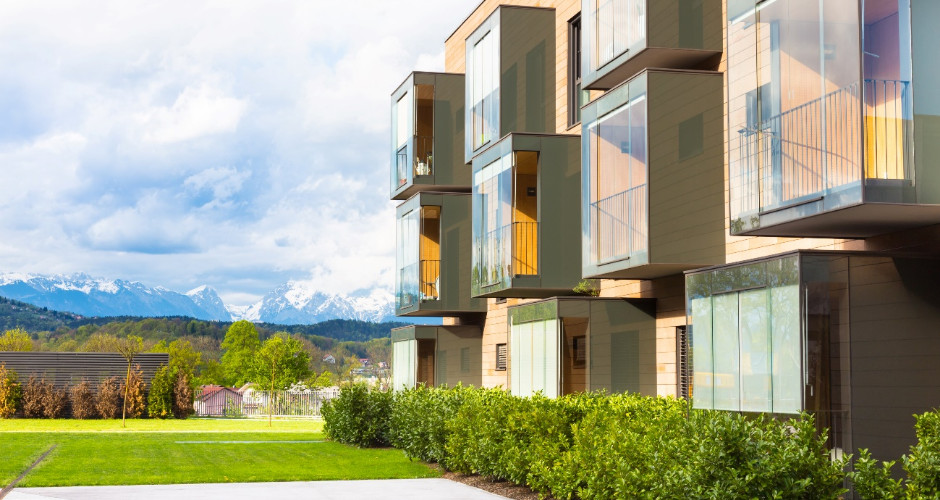Bioclimatic architecture and sustainability

For some time now, the preservation of the environment has been one of the priorities taken into consideration during construction. In the upcoming years, bioclimatic architecture and sustainability in construction will achieve key importance within the construction sector. These strategies are the future of building.
Today, the total amount of cities on the planet occupies 2% of the earth’s surface, but paradoxically, cities produce 70% of the carbon dioxide emissions. It is calculated that in 2030, 60% of the world population will live in urban areas. For this reason, the sustainability of buildings is of vital importance to the well-being of the planet. Currently, cities have various environmental problems such as the large amount of energy necessary for buildings, the increase in waste and the high levels of environmental, noise and light pollution.
These environmental problems are described in the report Environmentally Sustainable Buildings: Challenges and Policies, that the Organisation for Economic Cooperation and Development of Europe (OECD) published in 2003. To face them, they recommend various measures such as CO2 reduction, waste minimization, pollution prevention and development of improvement strategies for sustainable building among others.
To carry out these recommendations, architecture has evolved significantly and has implemented a series of strategies that will help it to be more sustainable. This is known as bioclimatic architecture and is based on three pillars:
- Solar exposure of buildings. Control of the sunlight in the interior and exterior spaces in buildings.
- Hygrothermal conditions. The regulation of moist air is fundamental in regulating the temperature of buildings. Thermal insulation is also a basic measure to keep temperature from dissipating.
- Passive technologies. Aspects such as choosing placement, orientation and planting of vegetation also helps improve the building’s welfare conditions.
Other characteristics of sustainable architecture are:
- The use of natural or recyclable materials that also help minimize the impact on the environment.
- The use of renewable energies to minimize the energetic impact and attempt to make buildings energetically self-sufficient. The most widely-used resource in this field are photovoltaic panels.
Although building construction through bioclimatic architecture is already happening, in the next couple of years, it will be of vital importance for the survival and proper operation of large cities.



